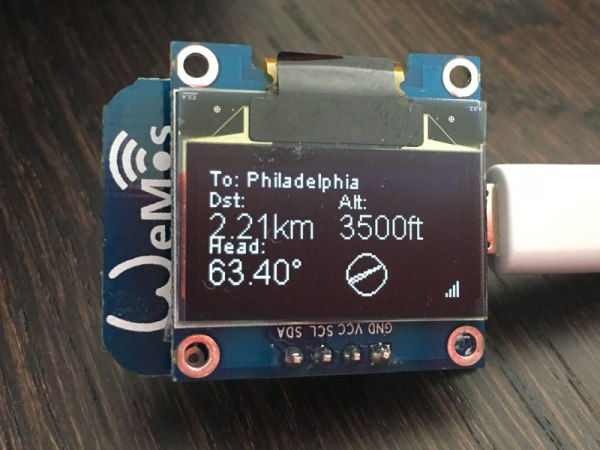$32 billion USD doesn’t buy as much as it used to. Unless you convert it into British Pounds, battered by the UK’s decision to leave the European Union, and make an offer for ARM Holdings. In that case, it will buy you our favorite fabless chip-design company.
The company putting up 32 Really Big Ones is Japan’s SoftBank, a diversified technology conglomerate. SoftBank is most visible as a mobile phone operator in Japan, but their business strategy lately has been latching on to emerging technology and making very good investments. (With the notable exception of purchasing the US’s Sprint Telecom, which they say is turning around.) Recently, they’ve focused on wireless and IoT. And now, they’re going to buy ARM.
We suspect that this won’t mean much for ARM in the long term. SoftBank isn’t a semiconductor firm, they just want a piece of the action. With the Japanese economy relatively stagnant, a strong Yen and a weak Pound, ARM became a bargain. (SoftBank said in a press release that the Brexit didn’t affect their decision, and that they would have bought ARM anyway. Still, you can’t blame them for waiting until after the vote, and the fallout, to make the purchase.) It certainly won’t hurt SoftBank’s robotics, IoT, or AI strategies to have a leading processor design firm in their stable, but we predict business as usual for those of us way downstream in the ARM ecosystem.
Thanks [Jaromir] for the tip!

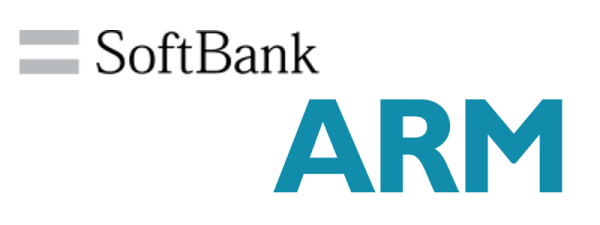
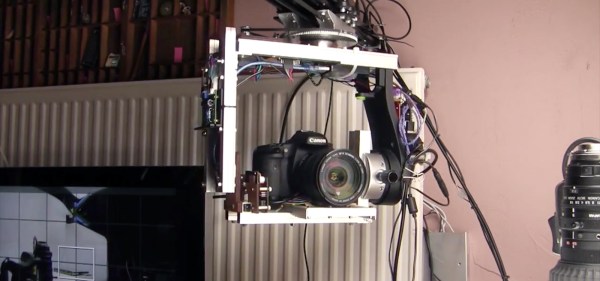

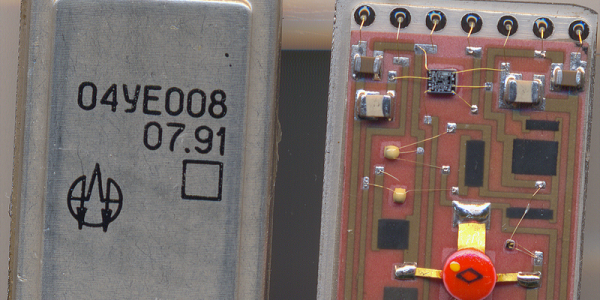
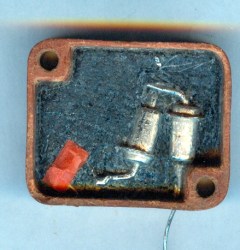


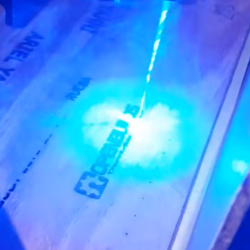 LaserWeb3 supports different controllers and the machines they might be connected to – whether they are home-made systems, CNC frames equipped with laser diode emitters (such as retrofitted 3D printers), or one of those affordable blue-box 40W Chinese lasers with the proprietary controller replaced by something like a
LaserWeb3 supports different controllers and the machines they might be connected to – whether they are home-made systems, CNC frames equipped with laser diode emitters (such as retrofitted 3D printers), or one of those affordable blue-box 40W Chinese lasers with the proprietary controller replaced by something like a 
